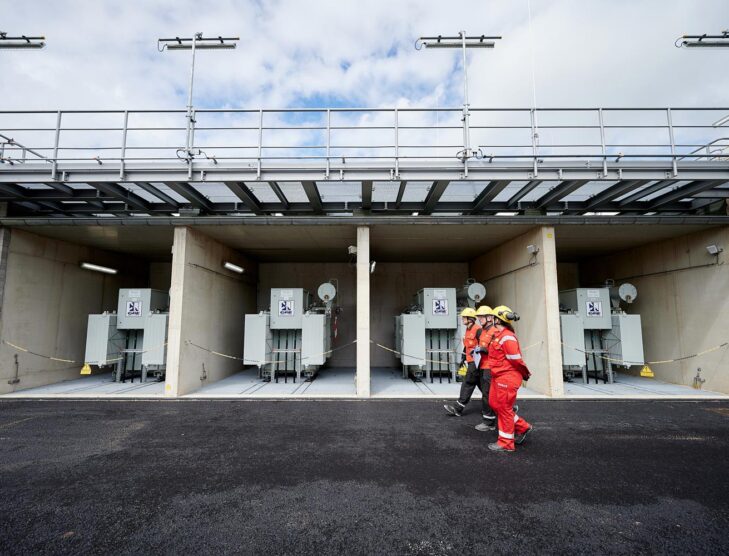
Mitsubishi and Shell Canada to work together on blue hydrogen
Japan’s Mitsubishi Corp. and Shell Canada Products, through its managing partner, Shell Canada Limited, have signed a Memorandum of Understanding regarding low-carbon hydrogen, also known as blue hydrogen, production using carbon capture and storage (CCS), near Edmonton, Canada.
In 2020, the Canadian government released its Hydrogen Strategy for Canada, which sets an ambitious framework to cement hydrogen as a key part of Canada’s path to net-zero carbon emissions by 2050 and make Canada a major exporter of hydrogen and a global leader in hydrogen technologies. Edmonton was recently announced as Canada’s first hydrogen hub. Because of the availability of abundant natural gas resources and proven CO2 storage capacity, this location was chosen.
Mitsubishi Corp. plans to construct and start-up a low-carbon hydrogen plant near Shell Energy and Chemicals Park Scotford towards the latter half of this decade. The proposed Polaris CCS project would allow Shell to store carbon dioxide (CO2). Polaris CCS is fully built and subject to acquiring pore space leases in Alberta and a Shell final investment determination. It could be a CO2 storage facility for more than 10,000,000 tons of CO2 per year.
Low-carbon hydrogen would be made from natural gas feedstock. The steam methane reforming process would produce hydrogen, which would draw on abundant Canadian natural gas resources. Blue hydrogen would then be exported to Japan to create clean energy.
Hiroki Haba, senior vice president, Division COO, Next-Generation Fuels & Petroleum Business Division, Mitsubishi Corp., said the company is investigating such clean energy opportunities worldwide. “This opportunity would support Japan’s needs for clean energy.”
This year, the Japanese Ministry of Economy, Trade and Industry (METI) released a road map for fuel ammonia introduction. In the road map, fuel ammonia import volume into Japan was assumed as 3 million tons per annum in 2030, with demand rising to 30 million tons per annum in 2050.
Ammonia is a hydrogen-carrier that is efficient and can be used to transport hydrogen. Ammonia can be transported widely and is used mainly for the production of fertilizer in the agricultural sector.
Mark Pattenden, senior vice president of Chemicals and Products Canada, said that Shell is using its global leadership in carbon capture and stock to produce the low-carbon products customers require to make the transition to a more efficient energy system. “This opportunity is in line with our vision to create a world-class site to provide customers with lower-carbon fuels, products and carbon storage,” Pattenden said.
The project’s first phase will produce around 165,000 tonnes of hydrogen per year. Future phases may increase this amount. The hydrogen would then be converted into low-carbon ammonia for export to Asian markets.









